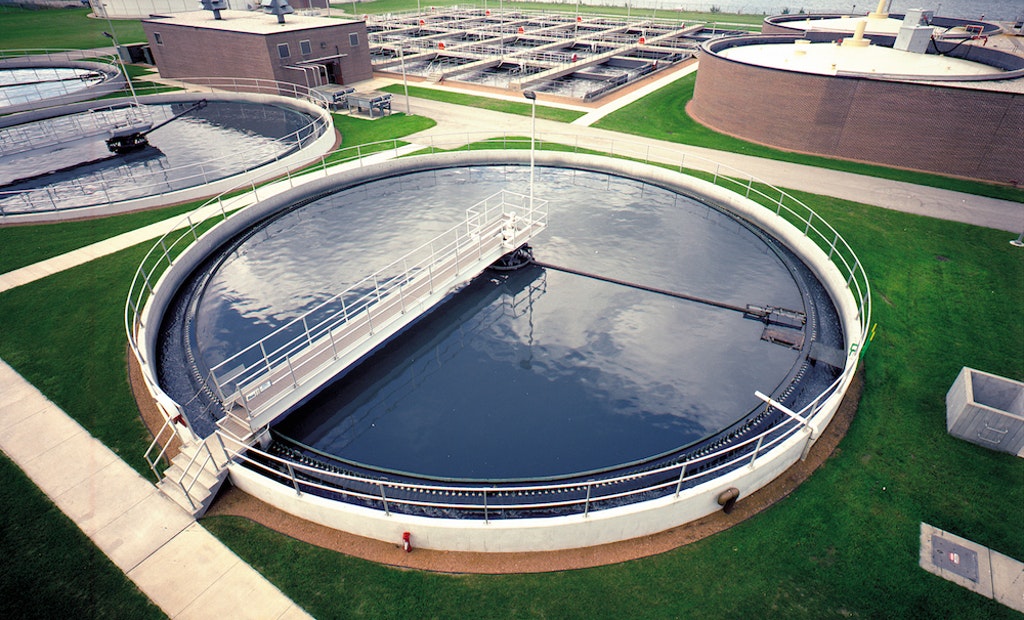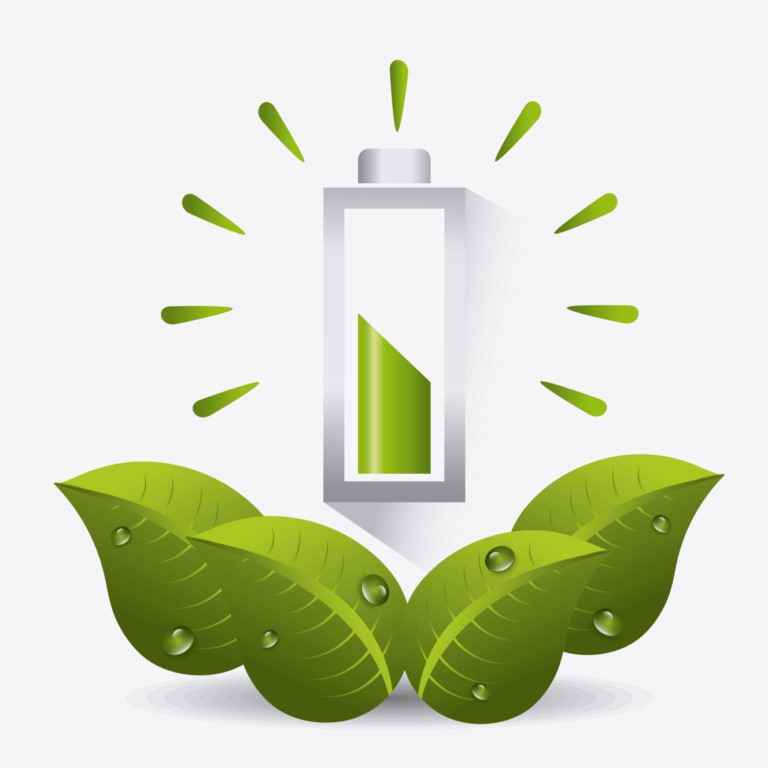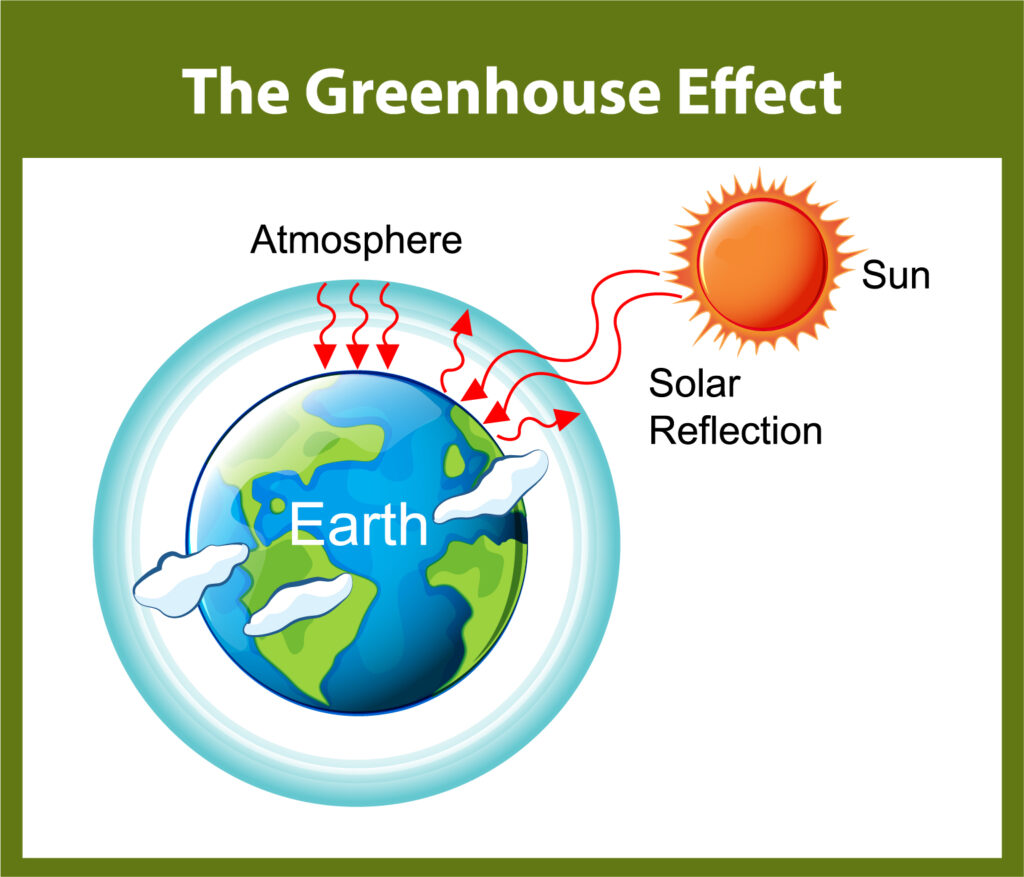
Potential of Microalgae in Wastewater Treatment
Cost-Effectiveness
The cost of maintaining microalgae growth in wastewater is lower than that of conventional wastewater treatments. Organic loads found in the brewery wastewater is suitable for the growth of microalgae, thereby making it an extremely attractive means for sustainable and low-cost wastewater treatment. Several species of microalgae can capture nutrients from wastewater. The capital cost of this process is less expensive as compared to conventional wastewater treatment processes.


Low Energy Requirement
Microalgae release oxygen as a byproduct during wastewater treatment, and aerobic bacteria use this to degrade the remaining organic loads further. This reduces the energy cost compared to the cost of mechanical energy for aeration during conventional waste water treatment. Approximately 1 kWh of electrical power is needed to remove 1 kg of BOD in the activated sludge process. During this process, 1 kg of fossil carbon dioxide is produced from power generation. Microalgae do not require any energy input to remove 1 kg of BOD from brewery wastewater and produce 1 kWh of electric power through methane production byalgal biomass.
Reductions in Sludge Formation
The primary objective of every wastewater treatment plant is to reduce or eliminate sludge. Conventional wastewater treatment is characterized by the use of large amounts of chemicals. Substantial use of chemicals may result in the formation of sludge. This produces hazardous solid wastes which must be disposed of in the environment. Microalgae wastewater treatment requires no chemical additives, and sludge is accumulated in the form of algal biomass.


